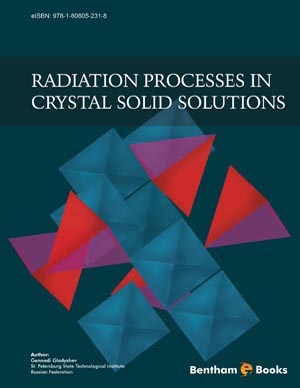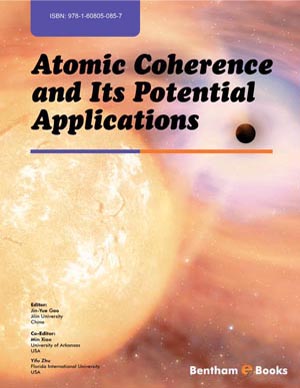Abstract
The models and thermal stability of the impurity radiation defects in the metals and alkali halides are reviewed. Due to the ionic lattice structure and presence of two sublattices in alkali halides, the formation of much larger number of types of impurity radiation defects than in metals is possible. The most important in the radiation processes are the complexes of self-interstitial-impurity and vacancy-impurity.
Keywords: Radiation, metal, alkali halide, impurity radiation defects, solute-point defects, defect complexes.








.jpg)




